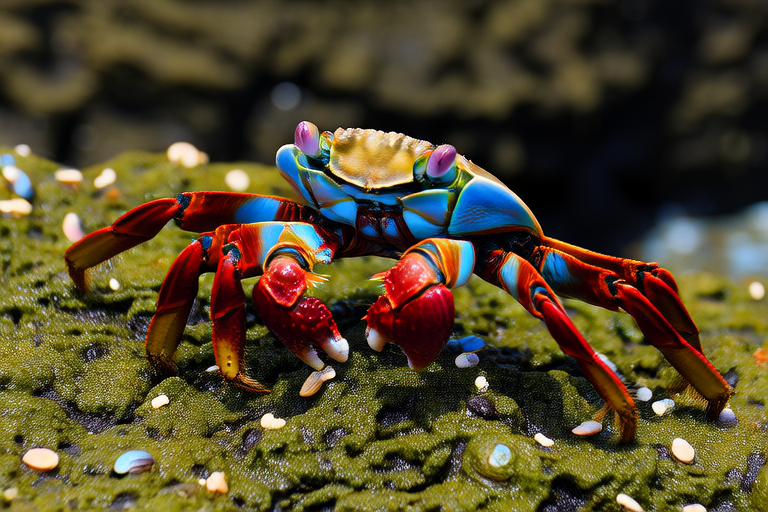Cozy Abodes and Claws: All You Need to Know About Hermit Crab Care
Welcome to the wonderful world of hermit crab care! These fascinating creatures are not only captivating but also offer unique challenges and joys for their caretakers. Whether you’re a first-time owner or an experienced enthusiast, this guide will provide you with all the essential information to ensure your hermit crabs live happy, healthy lives. Let’s dive into the basics and explore what it takes to be a responsible hermit crab owner.
Introduction to Hermit Crabs
Hermit crabs belong to the superfamily Paguroidea and are found in various environments, from tropical beaches to coral reefs. They are known for their ability to recycle old shells, using them as homes to protect their soft bodies. There are over 1,000 species of hermit crabs, but the most popular pets are Coenobita clypeatus (Ecuadorian hermit crabs) and Coenobita compressus (Pacific hermit crabs). Their lifespan can range from 10 to 30 years, making them long-term companions.
Habitat Setup: Creating a Comfortable Home
A well-designed habitat is crucial for the health and happiness of your hermit crabs. Start by selecting a spacious tank that allows enough room for your crabs to move around comfortably. A general rule is to provide at least 10 gallons of space per crab. The substrate should be deep enough for burrowing, typically around 4 inches, and can be made from a mixture of coconut fiber and sand.
Water dishes are essential for hydration and shell maintenance. Provide two dishes: one for freshwater and another for saltwater. Refresh these regularly to maintain cleanliness. Hiding spots are vital for stress reduction and molting. Offer a variety of shells, cork bark, and artificial caves to mimic their natural environment.
Temperature and Humidity Requirements
Maintaining the right temperature and humidity levels is critical for hermit crabs’ health. Keep the temperature between 75°F and 85°F (24°C and 29°C). Use a thermostat-controlled heater if necessary. The humidity should be kept at 70% to 80%. Mist the tank daily to achieve this, ensuring there are no standing water pools.
Diet and Feeding Tips
Hermit crabs are omnivores, so they need a balanced diet consisting of proteins, carbohydrates, and vegetables. Offer a variety of foods such as fruits, vegetables, and protein sources like fish flakes and insects. Avoid feeding them processed foods, as they can be harmful. Feed them in moderation to avoid obesity and provide fresh water daily. Always remove uneaten food promptly to prevent contamination.
Common Health Issues and Prevention
Like any pet, hermit crabs can face health issues. One of the most common problems is shell rot, which occurs when the shell becomes damp or moldy. To prevent this, ensure proper ventilation and clean the shells regularly. Molting disorders can also occur if environmental conditions are inadequate. Providing the correct substrate and humidity levels can help mitigate these risks. Regularly inspect your crabs for signs of illness and consult a veterinarian specializing in exotic animals if necessary.
The Molt Process: A Period of Vulnerability
Molting is a natural process where hermit crabs shed their exoskeleton to grow. During this time, they become more vulnerable and require extra care. The crab will dig a burrow and stay there for several weeks. Do not disturb the crab during this period. Once the molt is complete, provide a new shell for the crab to transition into. Ensuring a safe and supportive environment during this critical phase is paramount.
Advice for Choosing Companions
Hermit crabs are social creatures and thrive in groups. When choosing companions, consider their size and compatibility. Avoid mixing different species as they may have varying needs. Introduce new crabs gradually to prevent stress and aggression. Monitor interactions closely to ensure harmony within the group.
In conclusion, hermit crabs make delightful and rewarding pets. By providing them with a suitable habitat, maintaining optimal environmental conditions, offering a nutritious diet, and being attentive to their health, you can ensure your hermit crabs lead fulfilling lives. Remember, responsible ownership is key to their well-being. Enjoy the journey of caring for these charming creatures!
